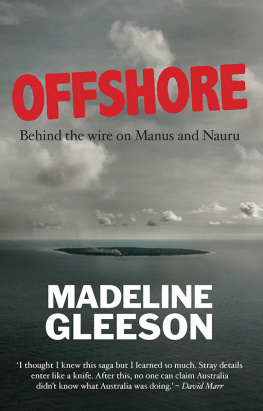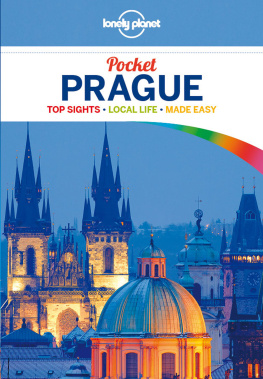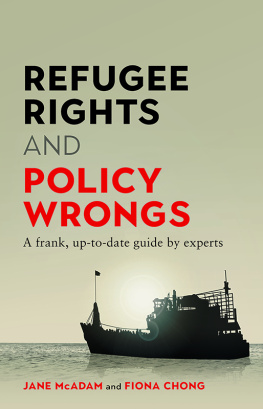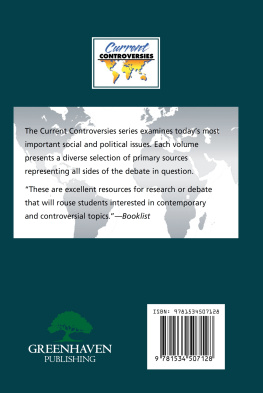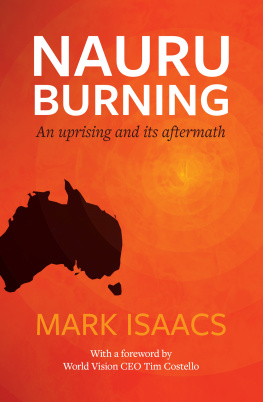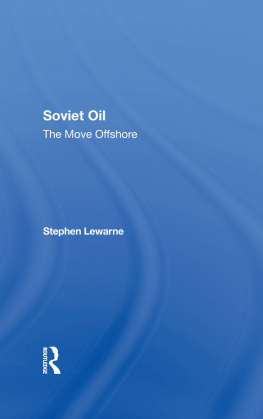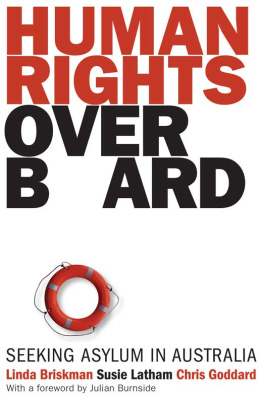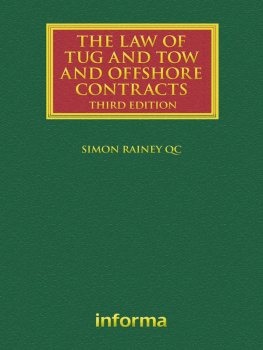OFFSHORE
MADELINE GLEESON is a lawyer and research associate at the Andrew and Renata Kaldor Centre for International Refugee Law at the University of New South Wales. She specialises in international human rights and refugee law, with a focus on offshore processing, the law of state responsibility, extraterritorial human rights obligations and the protection of children. She has extensive experience working with forcibly displaced people around the world, in countries including Cambodia, Indonesia and South Africa, and has worked with organisations such as the United Nations High Commissioner for Refugees, the Jesuit Refugee Service in Cambodia and the International Catholic Migration Commission in Geneva. She holds a Master in International Law from the Graduate Institute of International and Development Studies in Geneva, Switzerland, which she completed after being awarded the prestigious John Monash scholarship.
OFFSHORE
Behind the wire on Manus and Nauru
MADELINE GLEESON

A NewSouth book
Published by
NewSouth Publishing
University of New South Wales Press Ltd
University of New South Wales
Sydney NSW 2052
AUSTRALIA
newsouthpublishing.com
Madeline Gleeson 2016
First published 2016
10 9 8 7 6 5 4 3 2 1
This book is copyright. Apart from any fair dealing for the purpose of private study, research, criticism or review, as permitted under the Copyright Act, no part of this book may be reproduced by any process without written permission. Inquiries should be addressed to the publisher.
National Library of Australia
Cataloguing-in-Publication entry
Creator: Gleeson, Madeline, author.
Title: Offshore: Behind the wire on Manus and Nauru
ISBN: | 9781742234717 (paperback) |
9781742242354 (ebook) |
9781742247724 (epdf) |
Subjects: Refugees Government policy Australia
Detention of persons
Alien detention centers Nauru
Alien detention centers Paupa New Guinea Manus Island
Dewey Number: 305.906914
Design Josephine Pajor-Markus
Cover design Xou Creative
Cover image Angela Wylie / Fairfax Syndication
Illustration Josephine Pajor-Markus
Printer Griffin Press
All reasonable efforts were taken to obtain permission to use copyright material reproduced in this book, but in some cases copyright could not be traced. The author welcomes information in this regard.
This book is printed on paper using fibre supplied from plantation or sustainably managed forests.

For those whove come across the seas
Weve boundless plains to share;
With courage let us all combine
To Advance Australia Fair.

ABBREVIATIONS
ABF | Australian Border Force |
AHRC | Australian Human Rights Commission |
CAP | claims assistance provider |
CAT | UN Committee Against Torture |
DIAC | Department of Immigration and Citizenship |
DIBP | Department of Immigration and Border Protection |
IHMS | International Health and Medical Services |
IOM | International Organization for Migration |
IRT | incident reponse team |
MOU | memorandum of understanding |
PNG | Papua New Guinea |
PTA | pre-transfer assessment |
RPC | regional processing centre |
RSD | refugee status determination |
SHEV | safe haven enterprise visa |
TPV | temporary protection visa |
UNHCR | Office of the UN High Commissioner for Refugees |
NOTES ON TERMINOLOGY
In this book, department is used to refer to what was known as the Australian Department of Immigration and Citizenship (DIAC) from January 2007 to September 2013, and the Department of Immigration and Border Protection (DIBP) from September 2013 onwards, unless used otherwise in the original source.
All names used for refugees and asylum seekers are pseudonyms, except where they have already appeared on the public record.
INTRODUCTION
TWENTY-FIVE-YEAR-OLD LAM BINH STEERED HIS leaky wooden fishing boat up and down the rugged coastline. Beside him stood his seventeen-year-old brother and three friends, aged sixteen, seventeen and twenty-five; in the hull below, three pumps worked valiantly to keep the rickety vessel afloat. They had left Timor sixteen days earlier, with nothing to guide them but instinct and a single page torn from a school atlas. They were sure the lights and laughter drifting across the water were from Darwin, their destination lying just off the edge of the atlas page, but they could not see anywhere to land. And so they continued, rounding into Darwin harbour at some point the next day, still unnoticed. For hours they coasted along until at last coming to the bustling wharf at Stokes Hill, where the young men found somewhere to dock and a local fisherman to point them in the direction of the immigration people. When Australian government officials boarded boat KG4435 a short while later, Lam Binh finally delivered the speech he had practised so many times before, dreaming of this moment: Welcome on my boat. My name It was 27 April 1976. Australia had just received its first asylum seekers arriving by boat.
These five young men heralded the first wave of boats carrying people seeking asylum to Australia after the fall of Saigon on 30 April 1975 and the establishment of communist regimes in Vietnam, Cambodia and Laos. The Indochinese refugee crisis that followed saw more than 3 million people displaced from these countries over the next two decades. More than 2000 asylum seekers arrived this way over the next few years, and the term boat people entered the Australian vernacular. However most refugees did not come by sea. After reaching initial safety at temporary camps in the region, most were flown out and resettled elsewhere, in countries like Australia, the United States and Canada.
These early years of the Indochinese refugee crisis would become a period of unmatched openness and generosity in Australias treatment of people fleeing persecution in the region. The possibility of boats pulling into Australian harbours undoubtedly elicited some concern, as both the public and the Australian government confronted the reality of an unregulated flow of people into the country. But rather than becoming more closed, Australia chose to become more open encouraging countries Together with the few who had chosen to come directly, risking the journey by boat, these refugees were let in, housed, clothed, fed, and supported as free and permanent new members of Australian society.
Few asylum seekers arriving by boat after this time would receive such a welcome. By the time the second wave of boats started arriving in 1989 carrying mostly Indochinese asylum seekers, but with other nationalities too Australia had already begun to tighten control over its borders. Asylum seekers arriving without permission began to be detained while their claims for refugee status were processed, followed by the introduction of mandatory detention by the Keating government in May 1992. With the third wave of boat arrivals in 1999 this time carrying predominantly young males from the Middle East, South Asia and the southern provinces of China Australian immigration policies became even harsher. The Howard government introduced temporary protection visas (TPVs) in place of the permanent ones that had been offered previously, launched naval operations to turn back boats at sea and introduced, for the first time, offshore processing in the Pacific.
Next page
